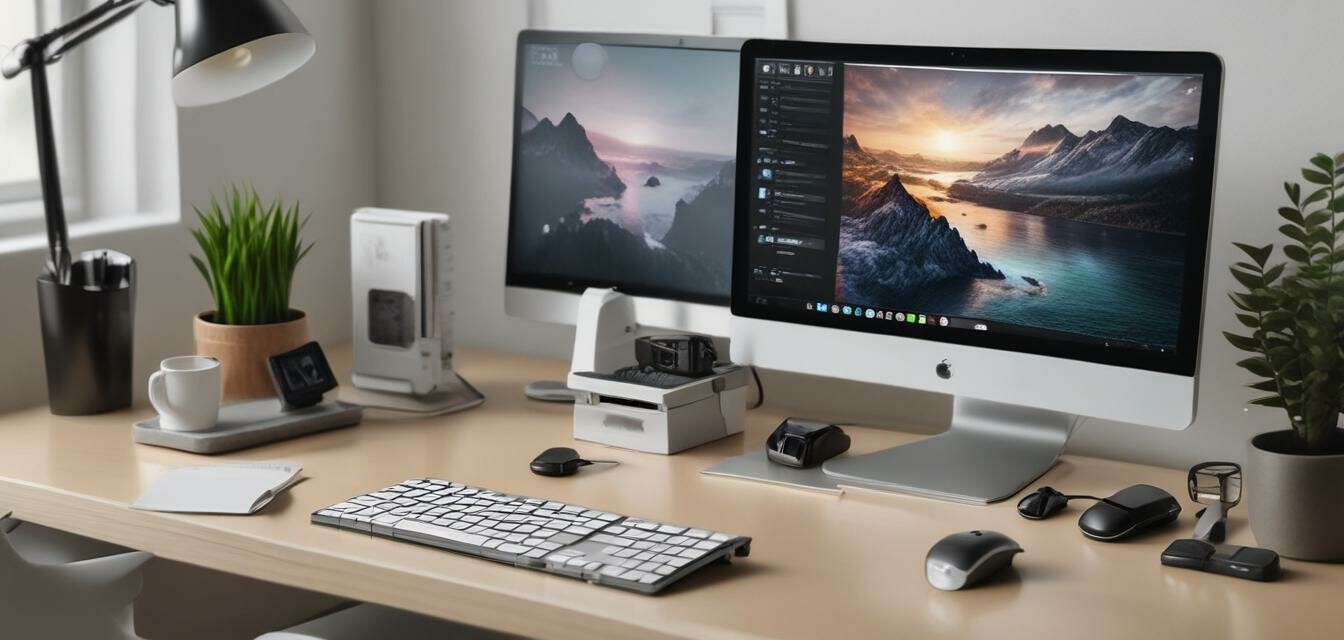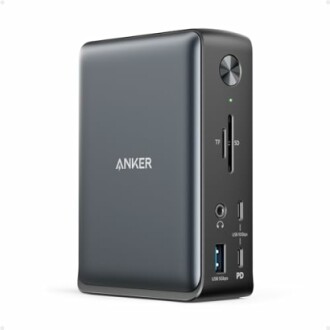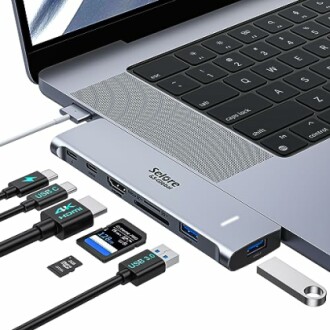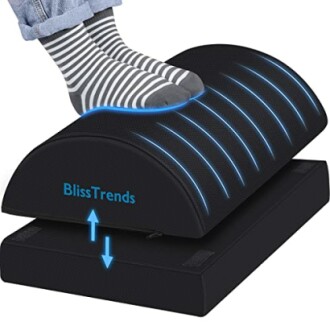
Top Features to Look for in a Docking Station
Key Takeaways
- Look for a docking station with multiple connectivity options to support various devices.
- Ensure it offers sufficient power delivery for charging your laptop and accessories.
- Consider video output capabilities, especially if you work with multiple monitors.
- Ergonomic design can enhance your home office experience.
- Compatibility with your devices is crucial for seamless integration.
Choosing the right docking station for your home office can significantly enhance productivity and comfort. With the right features, a docking station can simplify connections and streamline your workspace. In this guide, we'll dive into the essential features and considerations to look for when selecting the best docking station for your needs.
Why You Need a Docking Station
A docking station acts as a hub to connect various devices easily. It facilitates quick connections to monitors, USB devices, Ethernet, and audio outputs—all from a single connection to your laptop or tablet. This is particularly beneficial for those who work from home and need an efficient setup.
Essential Features of a Docking Station
| Feature | Description | Importance |
|---|---|---|
| USB Ports | Multiple USB 3.0 and USB-C ports for connecting peripherals. | Allows for easy connection of keyboards, mice, and storage devices. |
| Video Output | HDMI, DisplayPort, or VGA for connecting monitors. | Essential for multi-monitor setups for enhanced productivity. |
| Power Delivery | Ability to charge your laptop while connected. | Additional convenience as you can use fewer chargers. |
| Ethernet Port | Wired internet connection for stable connectivity. | Important for remote work requiring reliable internet access. |
| Design and Size | Compact design that fits in your office space. | Helps maintain an organized and efficient workspace. |
Key Considerations for Buying a Docking Station
1. Compatibility with Your Devices
Before buying a docking station, ensure that it is compatible with your laptop or tablet. Most docking stations support USB-C devices, but some may also support older USB connections. Always check the manufacturer’s specifications.
2. Connectivity Options
The number of ports and types available can vary greatly. Ensure the docking station offers the necessary ports for your devices. Popular options include:
- USB 3.0 Ports
- HDMI or DisplayPort for monitors
- Ethernet Port
- Audio Output port
- SD/microSD card slots
3. Power Output
Evaluate the charging capabilities of the docking station. Some models offer power delivery up to 100W, sufficient for most laptops while others may provide less. This is crucial if you intend to use the docking station for extended periods.
4. Video and Display Features
If you work with multiple monitors, the abilities of your docking station to support video output across multiple displays is vital. Check if it supports 4K resolutions and whether your operating system has any limitations.
Anker 575 USB-C Docking Station
This 13-in-1 docking station features extensive connectivity options including dual HDMI ports, an Ethernet jack, and an SD card reader, perfect for a versatile home office setup.
See ProductComparing Docking Station Features
| Docking Station | USB Ports | Video Output | Power Delivery | Ethernet Port |
|---|---|---|---|---|
| Anker 575 USB-C Dock | 4 | Dual HDMI, DisplayPort | 85W | Yes |
| Selore&'S Global 7-in-2 Hub | 2 | HDMI, Thunderbolt | 100W | No |
USB C Adapter HDMI Hub for MacBook
Upgrade your MacBook with this versatile 7-in-2 hub that includes HDMI output and multiple USB ports for seamless connectivity.
More DetailsOffice Comfort: The Role of Ergonomics
While functionality is key, comfort plays an equally important role in your home office. Ergonomic accessories complement a docking station, promoting healthy posture and reducing strain during long hours at the desk.
BlissTrends Foot Rest for Under Desk
This adjustable footrest offers ergonomic support and can alleviate discomfort during extended working periods.
Explore NowConclusion
Choosing the best docking station involves understanding your connectivity needs, compatibility, and power delivery. By considering these factors, you can make an informed decision and enhance your productivity in your home office setup. Don’t forget to complement your docking station with ergonomic accessories for a holistic home office solution. For more guidance on home office essentials, explore our other articles on buying guides, or check out specific categories like docking stations and ergonomic accessories.


